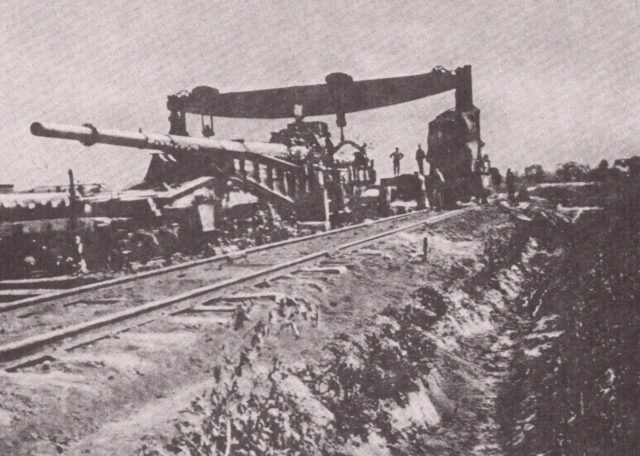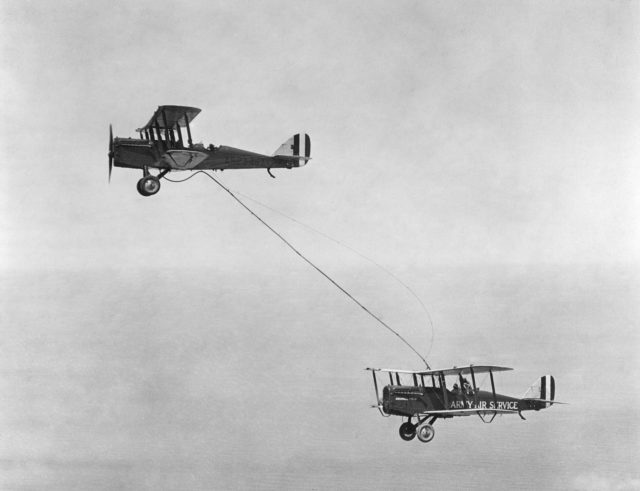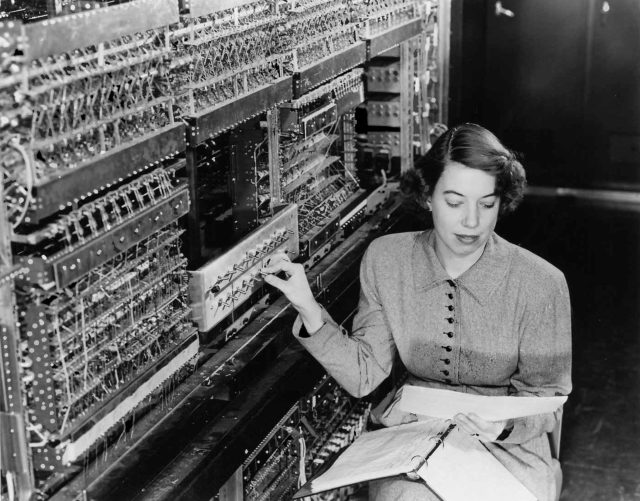Technology changes warfare. It creates new opportunities and challenges for military commanders. Not all that technology is military in form.
The Stirrup
It is not known who invented stirrups, but by the 4th century BC, they were in use by Scythian cavalry. They spread across Asia, reaching western Europe in the 4th century AD. There, as elsewhere in the world, they transformed how cavalry worked and how a war was fought.
Stirrups made a rider more stable. They assisted with horseback warfare and were most useful in delivering charges. With stirrups, a rider carrying a lance or spear could gallop into enemies at speed. They could hit them with the full force of their momentum, and not be flung from the saddle. They enabled the use of heavy cavalry and mounted shock attacks.
The Printing Press
The printing press made a huge difference in every aspect of life. When first popularized in Europe in the 15th and 16th centuries, it was used primarily for religious texts. From the start, though, it was also used for entertainment and non-religious education.
Printing created a much larger market in books. Military manuals and accounts of generals’ exploits were printed and shared. From Napoleon reading about the accomplishments of Caesar to the 19th-century German army’s outstripping of Britain in military studies, this was crucial in developing command skills.
Railways
Before railways, the quickest way to battle was by horse. Most soldiers lacked horses or the ability to ride them and so marched to war.
With the coming of the railway troops and supplies could be moved at speed to the front lines. Bulk supplies could reach munitions factories. Previously unthinkable weapons, such as the German Paris Gun of WWI, could be built and brought to war.

Barbed Wire
Invented in 19th century America, barbed wire was created to contain cattle on the plains. Many countries quickly saw its military potential. The Spanish used it to defend fortifications in the Spanish-American war. The British used it to limit Boer movements in the Boer Wars. Famously, thousands of miles of barbed wire was used in the trenchworks of WWI. It was used to trap infantrymen or deter their advances. It made them sitting targets for gunners and became a standard of defensive positions.
Canned Food
An army needs to be fed, with fresh supplies. The 19th-century development of canned food provided greater volume and variety of food for troops. It enabled the mass warfare of the 20th century. It also led to the development of new foods, such as Bovril, which began life as Johnston’s Beef Fluid, canned food for the armies of Napoleon III.
The Internal Combustion Engine
The railway had brought fast transport but was limited to running on tracks. The internal combustion engine changed that. Supply vehicles could bring troops quickly to any point on the front and keep them supplied. The later development of armored fighting vehicles replaced cavalry with fast, armed troop movement.
Airplanes
The development of the internal combustion engine led to aircraft which became crucial to warfare during WWI. First used as a way of observing the enemy, planes became fighting machines, shooting at each other, then used to drop bombs on their enemies. By WWII they enabled warfare against the industrial base of an enemy with mass bombing raids.
War, previously fought on land and sea, now had a third arena – the air.

Radio
Faster moving troops and larger wars created problems for armies. When tanks were successfully used in the later stages of WWI, they outpaced the infantry. The tank crews had no way to communicate with each other or with other troops. The same problem arose when infantry became isolated. The normal means of communication – telephone lines and carrier pigeons – were no longer good enough.
Radio solved the problem. Armies could coordinate over vast distances, down to the smallest scale. From the big unit receivers of WWII to the headsets of modern soldiers, radio provides the all-important means of contact.
Penicillin
Antibiotics transformed the lives of soldiers. Before them, wounds easily became infected and vast numbers of troops died from otherwise minor injuries.
Alexander Fleming developed the first widely effective antibiotic, penicillin, in 1928. By WWII, it was available in enough quantities to be used in all theaters of the war. Survival rates from battlefield wounds rocketed thanks to this wonder drug.
Computers
The arrival of computers was driven in part by the needs of war. In particular, the decryption of German codes during WWII. Computing has developed massively and can be used for training, testing, weapons design, surveillance, and countless other activities. In war, as well as in every area of life, they have significantly speeded up the process of knowledge retrieval and analysis.

Satellites
Like computers, satellites have thousands of uses, many of them military. Spy satellites have improved both strategic and tactical intelligence gathering. Communications satellites support military coordination around the world. Geolocation satellites provide targeting for missiles. Weapons satellites may one day bring destruction directly from space.
Technology keeps advancing, and at every stage, we find uses for it in war.
Sources:
Charles Rivers Editors (2014), The Red Baron: The Life and Legacy of Manfred Von Richthofen.
Taylor Downing (2014), Secret Warriors: Key Scientists, Code Breakers, and Propagandists of the Great War.
Richard Holmes, ed. (2001), The Oxford Companion to Military History.
John Keegan and Richard Holmes (1985), Soldiers.
Geoffrey Regan (1991), The Guinness Book of Military Blunders.
William Weir (2006), 50 Weapons that Changed Warfare.
Wikipedia – accessed 20th December 2016.
